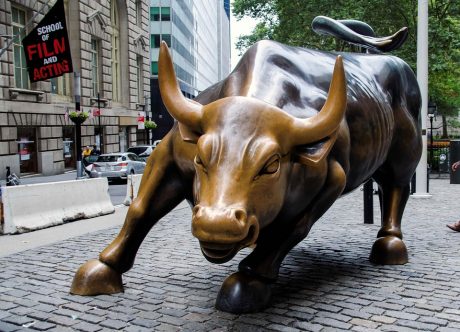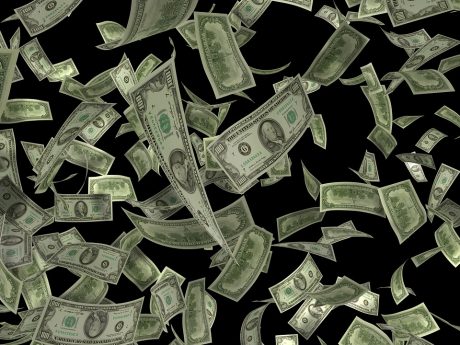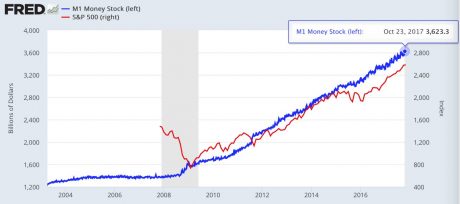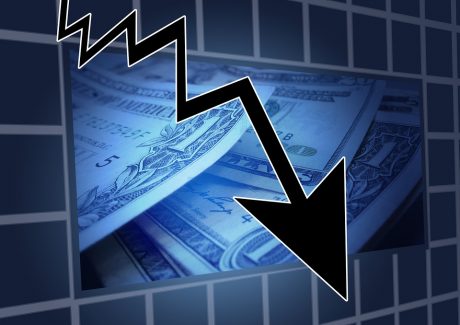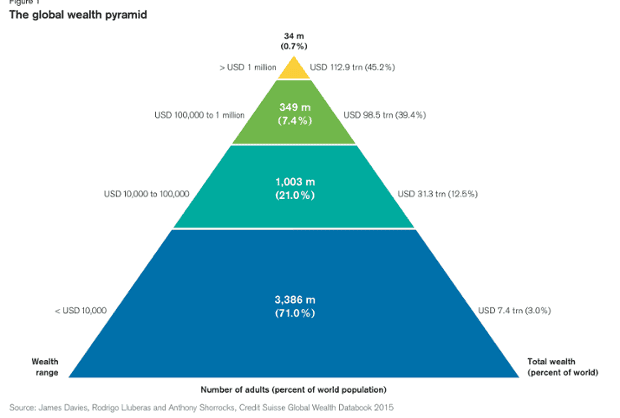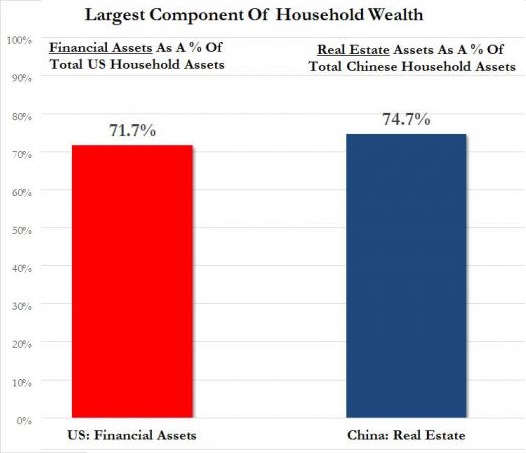 We have not seen a “leadership reversal”, a “Hindenburg Omen” and a “Titanic Syndrome signal” all appear simultaneously since just before the last financial crisis. Does this mean that a stock market crash is imminent? Not necessarily, but as I have been writing about quite a bit recently, the markets are certainly primed for one. On Wednesday, the Dow fell another 138 points, and that represented the largest single day decline that we have seen since September. Much more importantly, the downward trend that has been developing over the past week appears to be accelerating. Just take a look at this chart. Could we be right on the precipice of a major move to the downside?
We have not seen a “leadership reversal”, a “Hindenburg Omen” and a “Titanic Syndrome signal” all appear simultaneously since just before the last financial crisis. Does this mean that a stock market crash is imminent? Not necessarily, but as I have been writing about quite a bit recently, the markets are certainly primed for one. On Wednesday, the Dow fell another 138 points, and that represented the largest single day decline that we have seen since September. Much more importantly, the downward trend that has been developing over the past week appears to be accelerating. Just take a look at this chart. Could we be right on the precipice of a major move to the downside?
John Hussman certainly seems to think so. He is the one that pointed out that we have not seen this sort of a threefold sell signal since just before the last financial crisis. The following comes from Business Insider…
On Tuesday, the number of New York Stock Exchange companies setting new 52-week lows climbed above the number hitting new highs, representing a “leadership reversal” that Hussman says highlights the deterioration of market internals. Stocks also received confirmation of two bearish market-breadth readings known as the Hindenburg Omen and the Titanic Syndrome.
Hussman says these three readings haven’t occurred simultaneously since 2007, when the financial crisis was getting underway. It happened before that in 1999, right before the dot-com crash. That’s not very welcome company.
In fact, every time we have seen these three signals appear all at once there has been a market crash.
Will things be different this time?
We shall see.
If you are not familiar with a “Hindenburg Omen” or “the Titanic Syndrome”, here are a couple of pretty good concise definitions…
…click on the above link to read the rest of the article…


